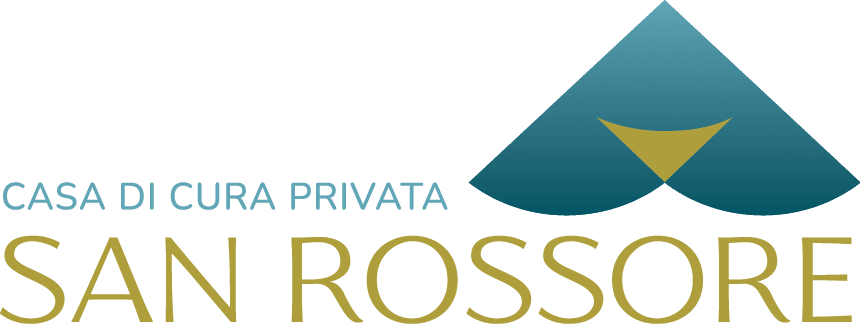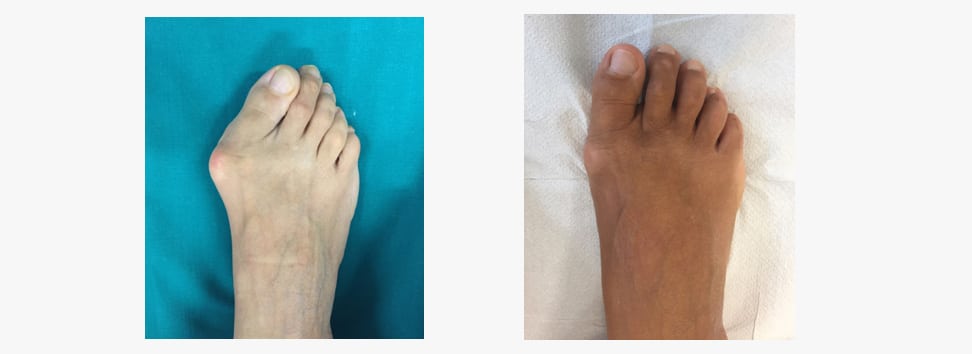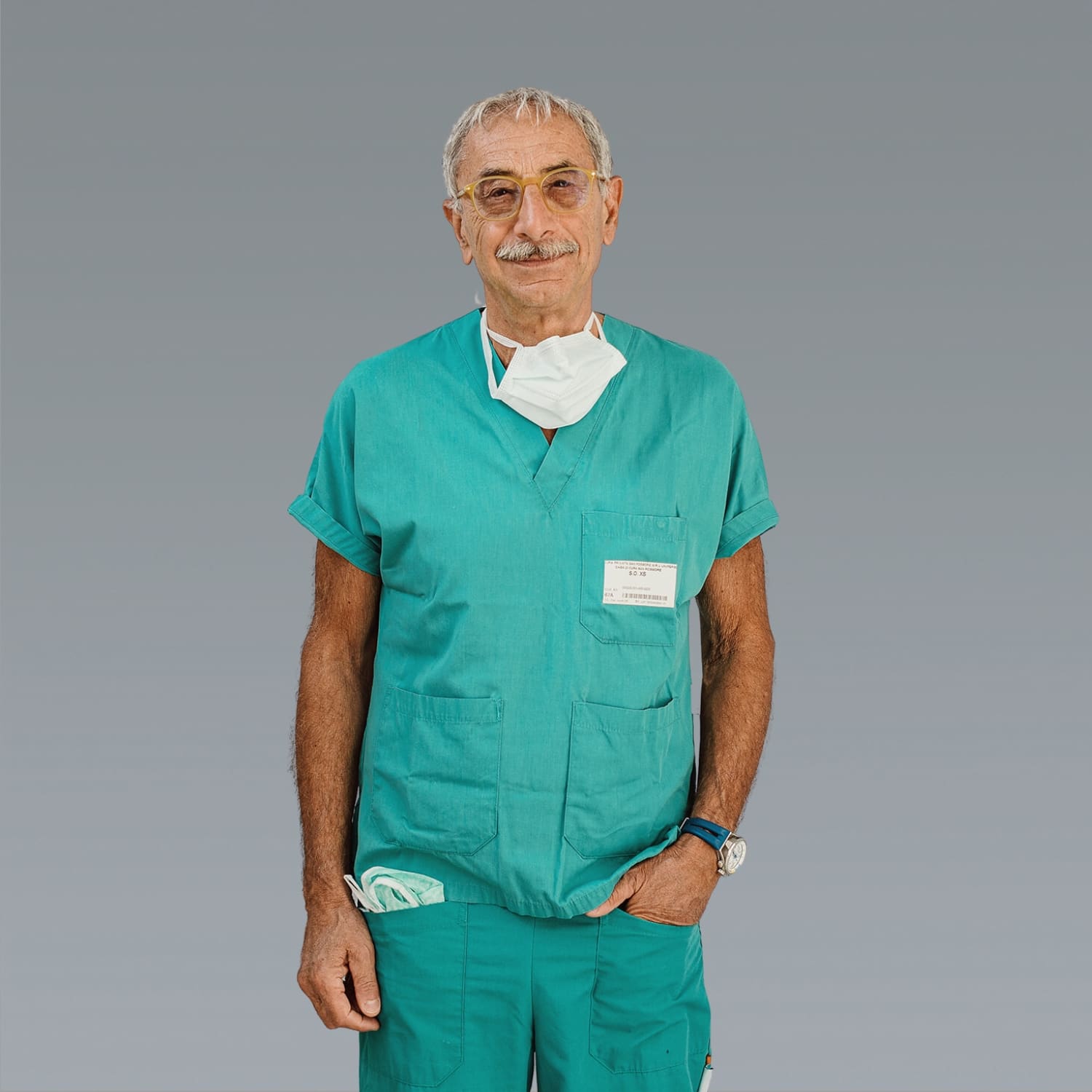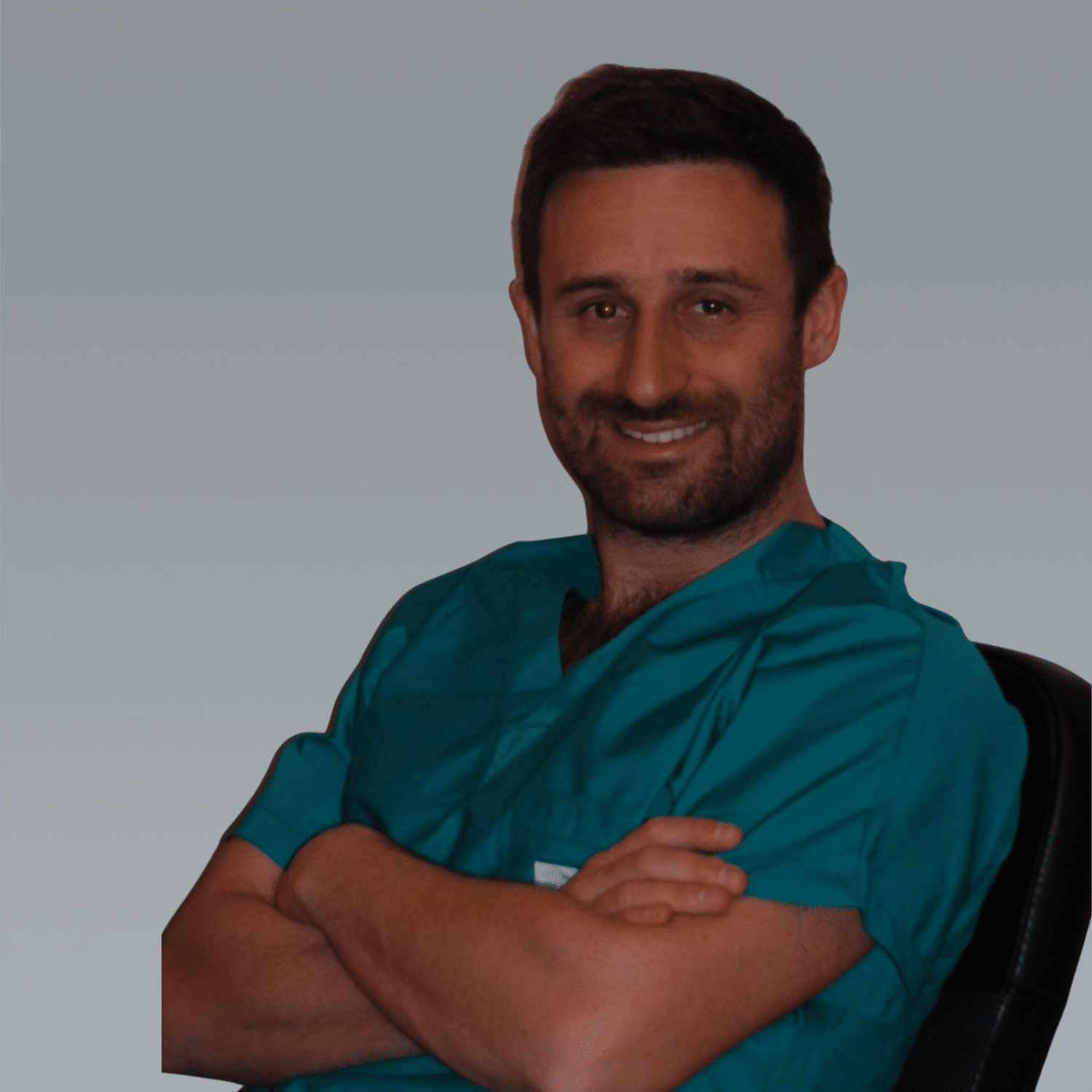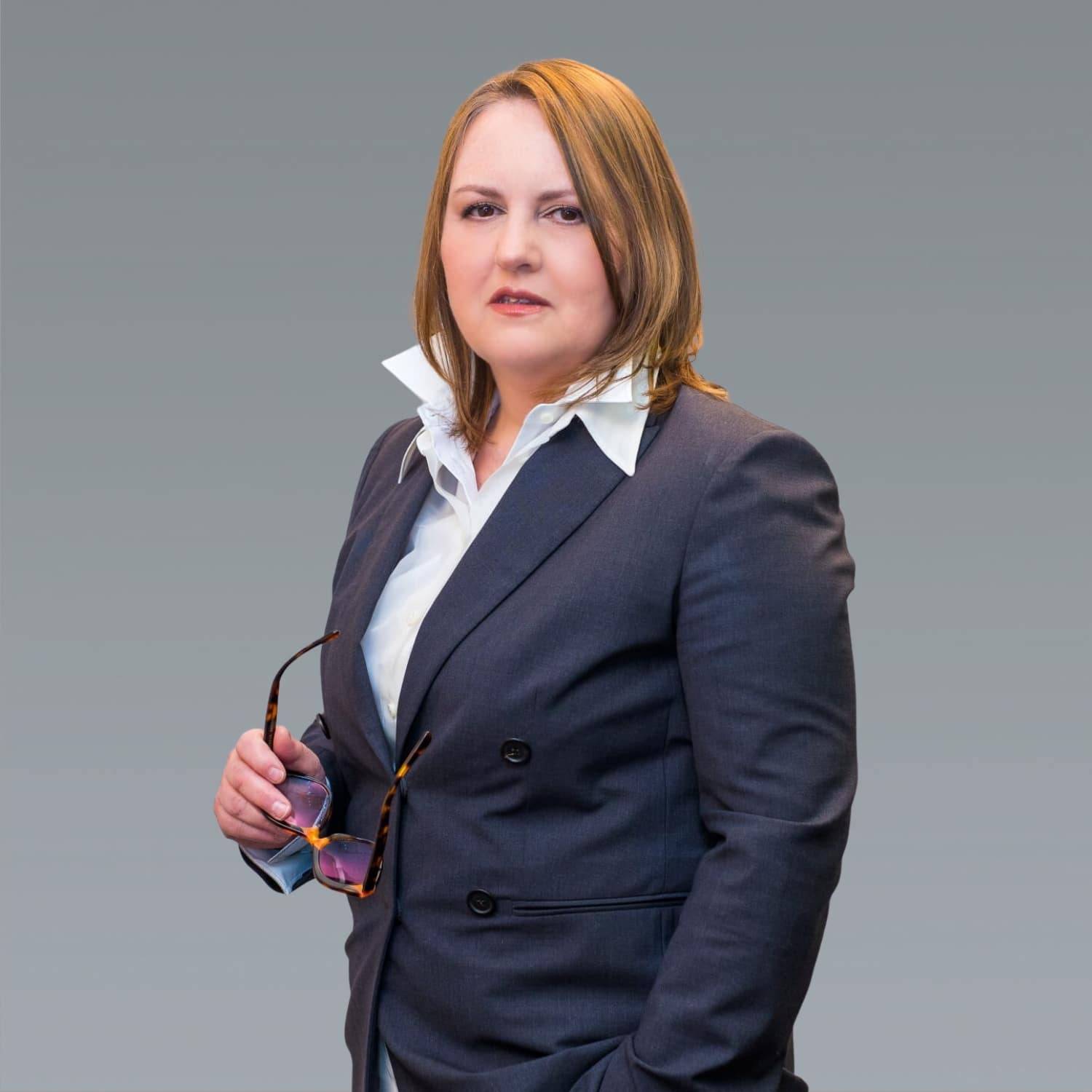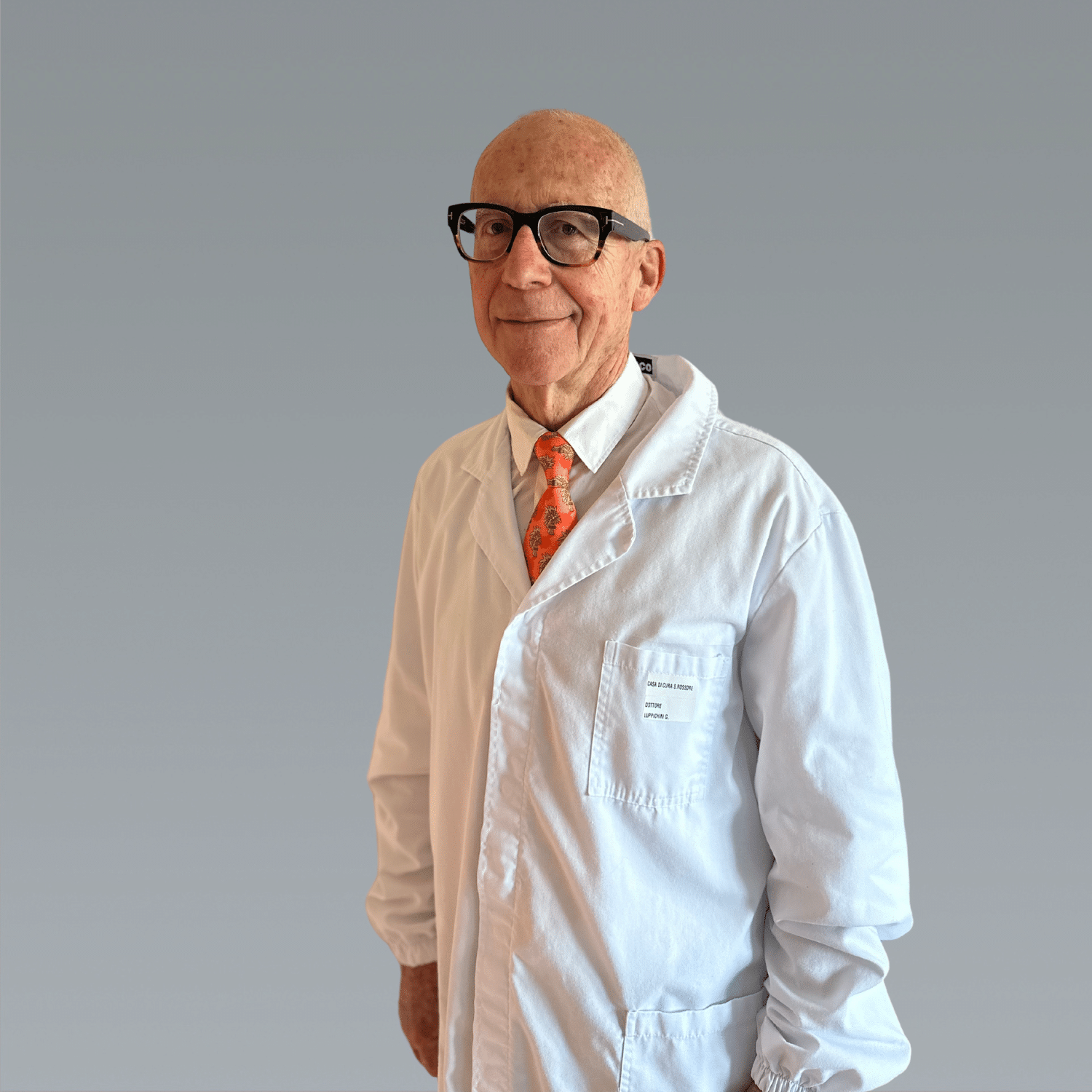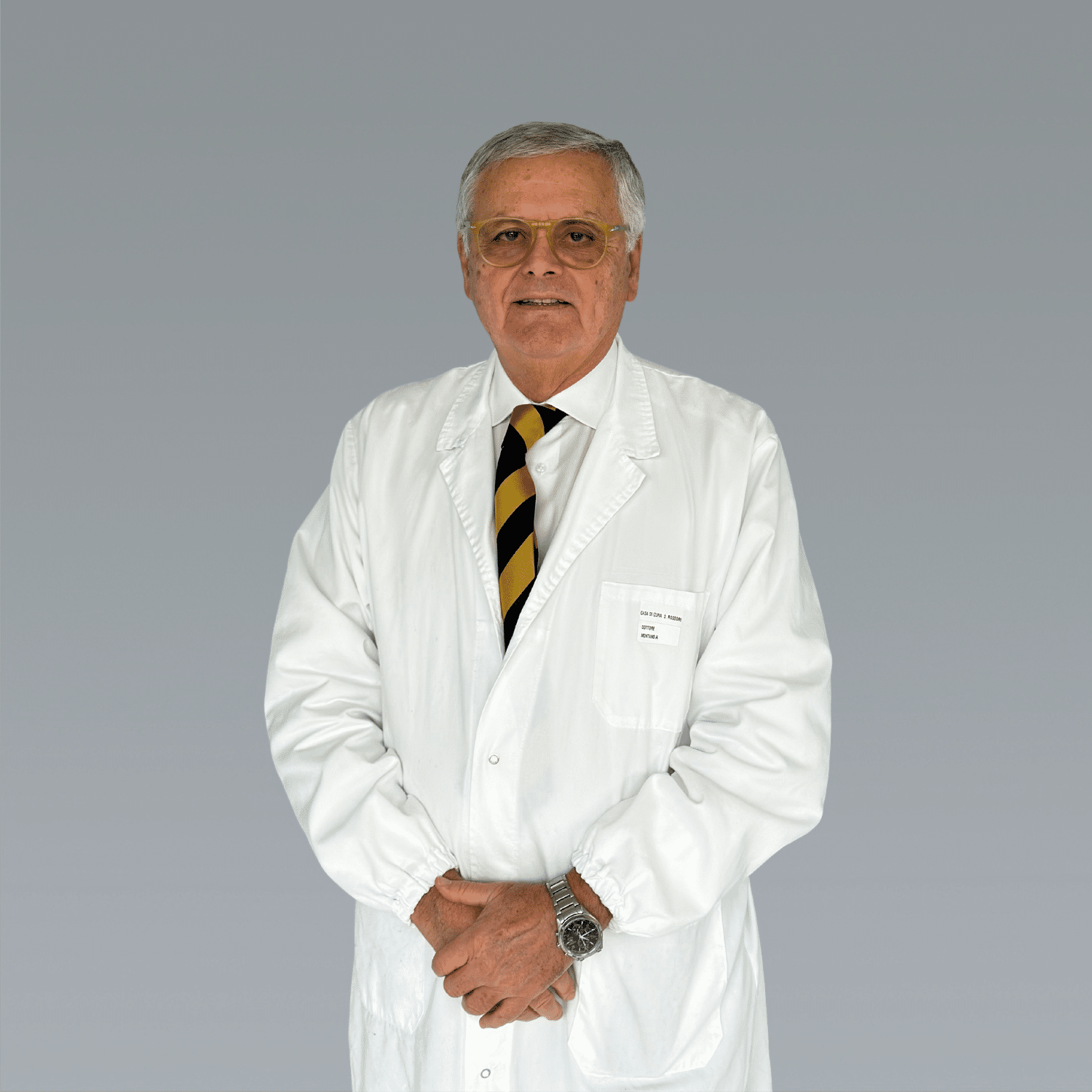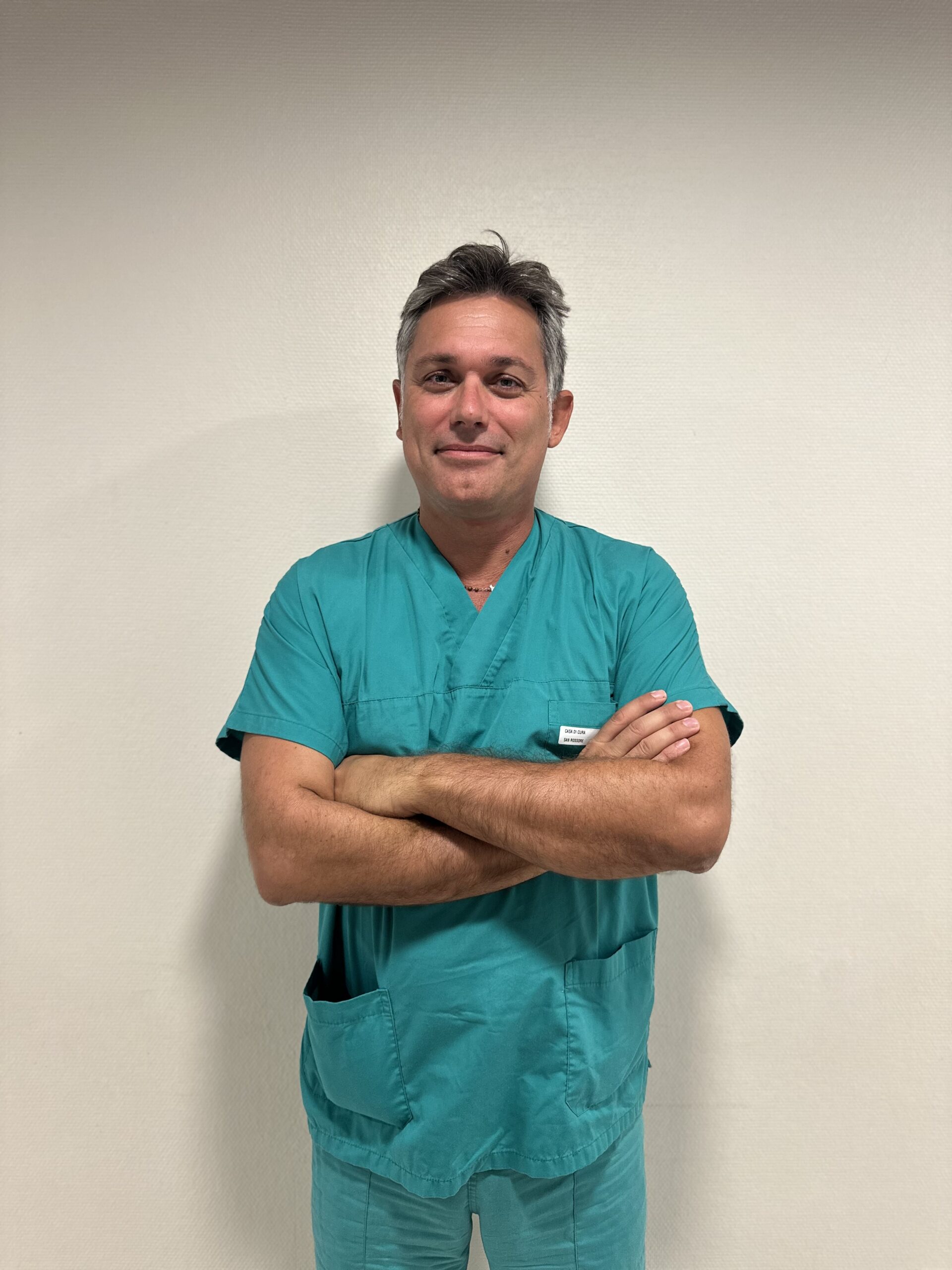Orthopedics and traumatology
These specialties are concerned with studying the musculoskeletal system and diagnosing and treating diseases affecting bones, joints, ligaments, tendons, and muscles.
Orthopedicstudies in particular pathologies.
- Of the spine
- Of the shoulder
- Of the hand
- hip
- Of the knee
- Of the foot
Trauma is concerned with all injuries resulting from trauma to bones (fractures), tendons, muscles, ligaments, and joints.
Spinal pathology
- Kyphosis and Scoliosis of Childhood and Adolescence
- Kyphosis and Scoliosis of the Adult
- Osteoporosis and vertebral failures
- Disc hernias
- Spondylitis and Spondylodiscitis
- Primary and/or secondary tumors of the spine
Pathologies of the Shoulder
- Sub acromial conflict syndrome
- Rotator cuff injury
- Shoulder instability and dislocation
- Arthrosis with possible prosthetic treatment (total prosthesis, resurfacing prosthesis or reverse prosthesis).
Pathology of the Hand
- Carpal tunnel syndrome
- Canalicular syndromes of peripheral nerves (ulnar at elbow and ulnar at wrist)
- De Quervain’s syndrome
- Finger Snap
- Trapeziometacarpal arthrosis or Rizoarthrosis
- Hip pathologies
- Arthrosis with possible treatment with prosthesis using minimally invasive surgical technique
- The Acetabular Conflict
Pathologies of the Knee
- Arthrosis with possible prosthetic treatment (total prosthesis or monocompartmental prosthesis)
- Meniscal injuries
- Cartilage lesions and their treatment by conservative therapy with chondroprotective drug infiltrations, hyaluronic acid, and/or viscosupplementation
- Ligamentous injuries and in particular the anterior cruciate ligament
- Femororotulae syndrome
- Patellar tendinopathies
Foot Pathologies
- Hallux Valgus
- Metatarsalgia
- Hammer fingers
- Congenital malformations such as congenital clubfoot, hypometrae and superadducted 5th toe
- Flatfoot of the child and adolescent
- Canalicular syndromes (tarsal tunnel syndrome and/or Civinini Morton syndrome)
- Plantar fasciitis
Regarding Traumatology at the Casa di Cura San Rossore, all types of fractures, non-emergency, of both children (above 4 years of age) and adults can be treated with open techniques and possible prosthetic, minimally invasive and percutaneous replacements.
In addition, tendon injuries such as Achilles tendon injury, patellar tendon injury, and quadriceps tendon injury, epicondylitis (tennis elbow), and tendinosis associated with peritendinitis of the Achilles and patellar tendons can be diagnosed and treated (with the best mini-invasin techniques).
Performance and therapy
The trend in surgery today is to use increasingly innovative and minimally invasive techniques in order to reduce complications, but more importantly to improve and shorten the postoperative recovery process. Percutaneous foot surgery is a revolutionary surgical technique that fits well into this process. In fact, due to its minimally invasive nature, it is rapidly gaining popularity in foot surgery, increasingly replacing traditional so called “open” techniques.
Invented in the 1990s by Stephen Isham, founder of the Academy of Ambulatory Foot and Ankle surgery, and called M.I.S. (Mini Invasive Surgery), the technique was imported to Europe and developed by Spaniard Mariano De Prado. In recent years this technique has evolved naturally and is now performed in a very different way from what Dr. De Prado taught and described, whose basic principles, however, still remain valid. This method allows the correction of major forefoot disorders such as hallux valgus, hammer toes, metatarsalgia and 5th toe deformities. Some hindfoot pathologies such as calcaneal spur, Haglund’s heel can also be treated, and some surgeons have also begun to perform calcaneal osteotomies. Of course, percutaneous surgery also makes it possible to treat different but associated foot diseases simultaneously. Bone and soft tissue corrections are made with dedicated instrumentation through mini-incisions. This instrumentarium is very small and simple: microblades for skin incisions and any sections of tendons and joint capsules, spatulas with the function of creating a safe working chamber in which to introduce and operate the small surgical instruments, rasps to remove debris and bone material formed by the abrasive function of the burs, motorized burs with an abrasive function on bone prominences and a cutting function to reorient and correct bone deformities. Through the skin incision, it is thus possible to perform precise surgical gestures that can affect both soft and bony parts. Generally, these surgical gestures are performed under control of radioscopic images generated by a brilliance apparatus.
Surgeries are always performed under loco-regional anesthesia, that is, by small doses of local anesthetic to the ankle and foot; the average duration of a procedure is between ten and twenty minutes, and the access routes are so small that patients often mistakenly feel that they have been operated on with a laser. Surgery is usually performed on a day-surgery basis, and the patient is discharged walking as early as a few hours after surgery with a suitable flat, rigid-soled shoe. The foot is wrapped with a functional bandage, which is critical to achieving the result. In fact, the maintenance of the correction, obtained during surgery, will not rely on metal synthesis means, but precisely on the bandage that the patient will have to wear for about a month after surgery. Postoperative pain is usually reduced to a sensation of discomfort and is easily controlled with common analgesics. Another advantage of this technique, in addition to its minimally invasive nature, is the absence of pneumoischemia: in contrast to open surgery, no pneumoischemic tourniquet is used in the thigh or leg to prevent blood flow into the surgical field. By not using the tourniquet, all the complications associated with it can be avoided, and it is also possible to refer patients with peripheral vascular deficits to the procedure, reducing the risks of vascular complications. The combination of the aforementioned advantages makes the percutaneous technique particularly welcome by patients and connotes it, in some cases, as surpassing traditional open techniques, which nonetheless continue to have their application. In fact, percutaneous techniques cannot and should not be used indifferently in all pathologies and all patients, but only when these are harbingers of real benefit. This surgical technique in the right indications greatly reduces postoperative complications, accelerates postoperative recovery, and is an aesthetically unsurpassed surgery because it leaves imperceptible scars. Postoperative pain is very low and the period of immobility is minimized, and for all these reasons it is very agreeable to the patient.
